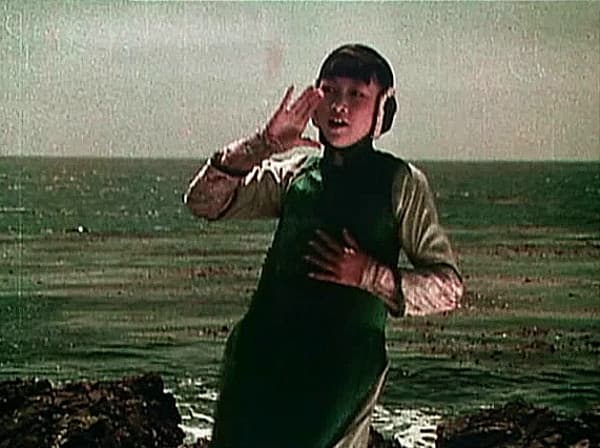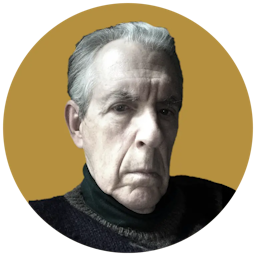What Confucius Didn’t Say, According to Anna May Wong
While at one point ‘most Americans wanted to forget her and the stereotypical film roles she endured,’ these days she is ‘honored as a pioneering Asian American cinema star.’

‘Anna May Wong: From Laundryman’s Daughter to Hollywood Legend’
By Graham Russell Gao Hodges
Chicago Review Press, 304 pages
‘Daughter of the Dragon: Anna May Wong’s Rendezvous with American History’
By Yunte Huang
Liveright, 400 pages
‘The Brightest Star: A Novel’
By Gail Tsukiyama
HarperVia, 352 pages
‘Not Your China Doll: The Wild and Shimmering Life of Anna May Wong’
By Kate Gee Salisbury
Dutton, 480 pages
Graham Russell Gao Hodges began the Anna May Wong boom in 2004 at a very different cultural crossroads than we see today. As he writes in the 2023 preface to the third edition of his groundbreaking biography: “attitudes about Anna May Wong were ambivalent. While film buffs, gay men, and a few Asian American writers were enthusiasts, most Americans wanted to forget her and the stereotypical film roles she endured.” Now, he points out, she is “honored as a pioneering Asian American cinema star.”
Yunte Huang pays tribute to Mr. Hodges in his own recovery of the once-maligned star, as the biography incorporates Wong as both actress and writer in a trilogy that is a “saga that explores the Asian American experience in the making of America.” The trilogy begins with “Charlie Chan” (2010), tracing the “protagonist’s evolution from rough-and-tumble Hawaii cop to fictional hero to Hollywood detective,” followed by “Inseparable” (2018), charting the “implausible rise of Chang and Eng Bunker, the original Siamese Twins, from subhuman freak-show celebrities to slaveholding Southern gentry, married to two white sisters, who sired twenty-one children.”
The American story has always been about diversity and how it has been subverted by stereotypes — but why Anna May Wong, in particular? She entranced moviegoers here and abroad, and today still fascinates in the iconic photograph taken of her with Marlene Dietrich (they appeared together in “Shanghai Express”) and the Nazi documentarian, Lena Riefenstahl. The wry Wong would often sign herself “orientally yours” or would introduce a remark: “And Confucius didn’t say this.”
When I reviewed Mr. Hodges’s biography in 2004, it struck me that Asian actors and those actors who performed Asian roles were not so different from the canny Marilyn Monroe, who impersonated the stereotype of the dumb blonde. In these instances, artists could be said to be giving into cultural prejudice, and yet something about their consummate performances made the stereotype something more than itself.
Yet it took time to sort out the “act” of playing Asian. The culture had to shift, making it now seem ludicrous that Louise Rainer should play O-Lan, the role Wong wanted, in what Mr. Huang calls the “yellowface extravaganza” adaptation of Nobel Prize winner Pearl Buck’s celebrated novel about Chinese village life, “The Good Earth.” Artists like Wong have to be subjects of biography so that what appears on screen or on the pages of novels and stories can be measured by the lives of their creators.
Biographical novels have also done the work of replacing cultural appropriation, by using fiction to expose the fictions of stereotypes. Gail Tsukiyama’s “The Brightest Star” begins with Wong’s memory of “those young boys” in the schoolyard yelling racial taunts at her. They grow up to be the “kind of men” with voices “deepened, their hair thinned or turned gray, their bellies softened and grown larger,” but with “hearts and minds [that] remain as hard as stone.”
In short, these males are part of a culture grown fat on wildly incompatible stereotypes, the “porcelain China doll, or a fire-breathing dragon lady,” like Wong in “Daughter of the Dragon” (1931).
Wong is the figure we keep meeting at the cultural crossroads because she surmounted the vicissitudes of racism and reigned in the public imagination over four decades in such a way that she will not die, as she is still awaiting her next biographer.
You won’t have too long to wait: Katie Gee Salisbury’s biography, scheduled for publication in March, promises yet another look at the actress who began in silent films like “The Thief of Baghdad” (1924) and broke away from Hollywood with her work at Berlin and Paris, as Ms. Salisbury’s biography declares, a “vibrant, radical, and groundbreaking artist.”
Mr. Rollyson’s writing about Anna May Wong is included in “American Biography.”

